Using focal points in native gardens adds interest, just as it has in any garden through the ages.
Emerging vision for our native gardens
On our gardening pilgrimage towards our own vision of Eden we progress through various stages. Many of us start by wanting to provide a garden for birds. Most of us have a phase where colour is all, then maybe the collecting urge takes hold. Whatever our particular path, sooner or later an awareness of the role of design creeps in. Good design must include the best locations for the paths, the clothesline, the garbage bins. Yet, it goes way beyond these mundane particulars to an overall whole, which is instinctively satisfying to the senses.
Some people achieve this result instinctively. Others, like myself, benefit from basic guidelines to avoid the worst mistakes and get better results sooner. These design principles are universal and not restricted to gardening, but there will be different emphases for each purpose.
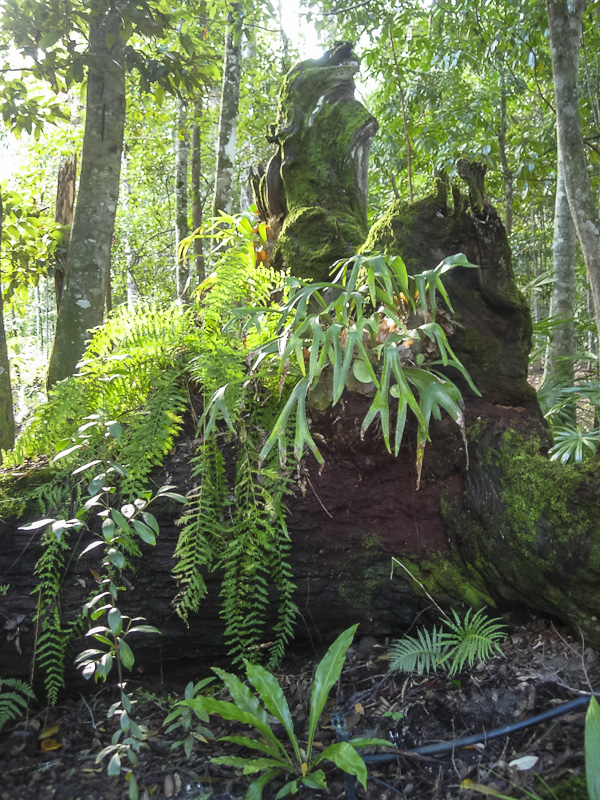

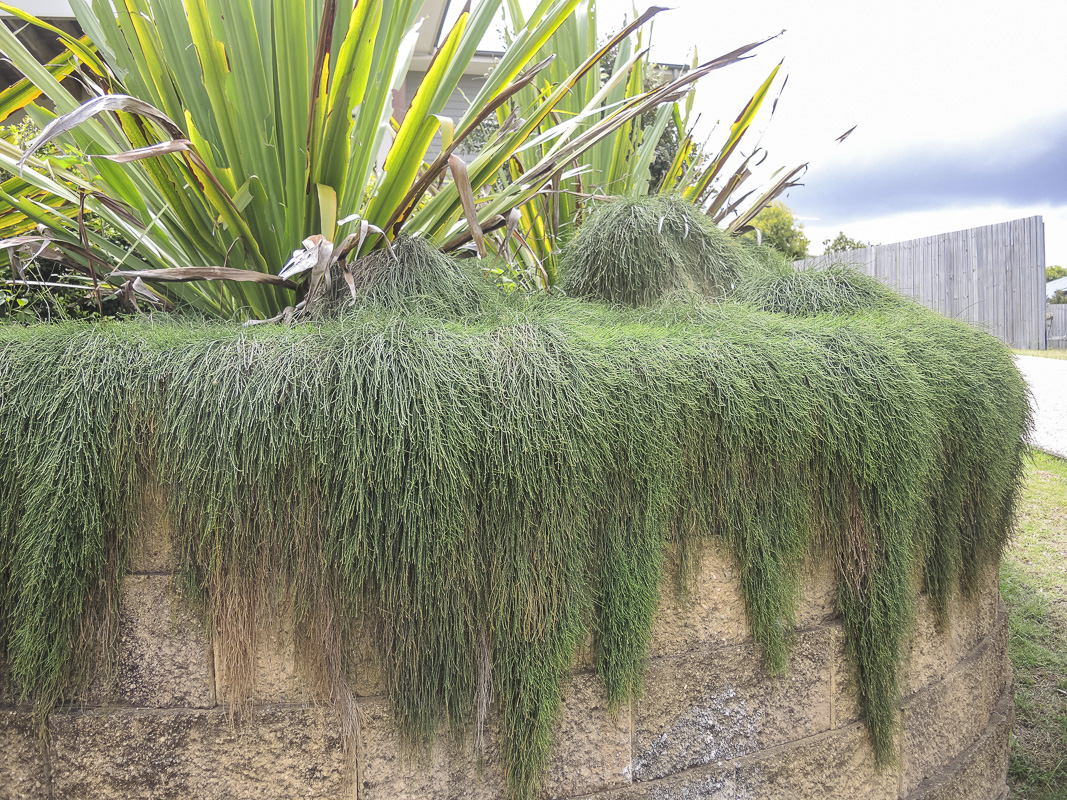
The same garden design principles apply to all gardens
Within the gardening area the same principles apply whatever the garden style and whatever the size of the garden. Beauty may be in the eye of the beholder. But there are some underlying common features which neuroscience is beginning to explore. In any scene it is the unfamiliar which engages our interest, hence the quest for the new and different. So, our gardens need a restful background of the expected, with a dash of the excitement of the unexpected. This is what holds our attention.
Through the seasons different plants and areas can change from background to focus and back again. Especially in smaller areas more permanent focal points make for more interesting gardens. There is a comparative dearth of design literature specifically relating to gardens of Australian plants. But this is not a great handicap because of the universal nature of the fundamentals. The real handicap is the comparative lack of knowledge on the behaviour of Australian plants and their variability. This is what leads to some unpredictability of results.
Introducing focal points in native gardens
So, there is much to be gained from overseas books and articles outlining the principles and a challenge to interpret solutions with our plants. One area which illustrates this well is the use and choice of features for focal points. I find it especially challenging because I feel our ‘bush gardens’ can so easily become diffuse and undifferentiated. They lack highlights. And this is exemplified by the difficulty of obtaining satisfactory photographs of garden scenes. Classical formal gardens with well-defined lines and contrasts are easier subjects. Such gardens use statues and urns at the end of a vista to draw the eye and tempt us to explore.
The Landscape Movement in England built follies and lakes to provide points of interest. Cottagey gardens bred garden gnomes and of course fountains, elaborate or simple, were used widely in all garden styles. These built structures survive longer than most of the plants. Capability Brown also used clumps of trees in the landscape. Many of these endure and give us a clue for our own focal points.
In our suburban gardens it is hard to devise long vistas but clever planning can produce shorter versions. Even a view from a side window quite close to the fence benefits from having a centre of interest.
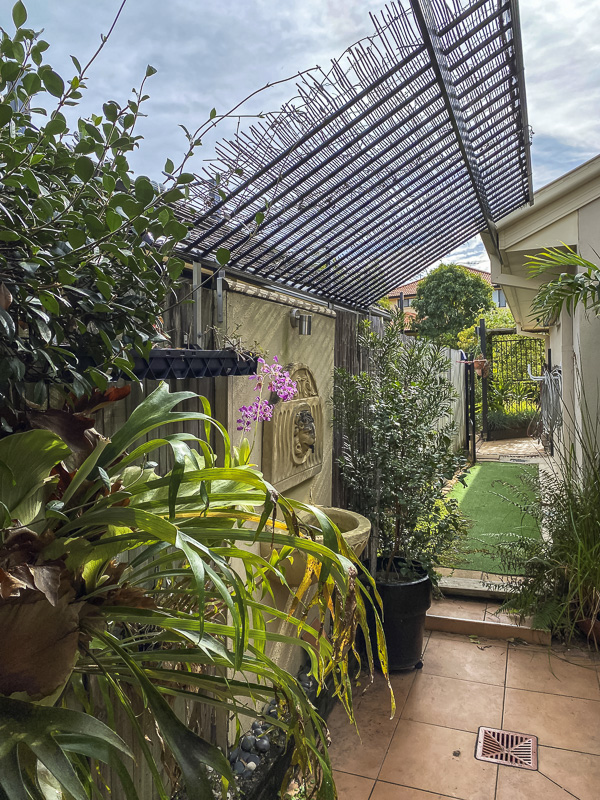
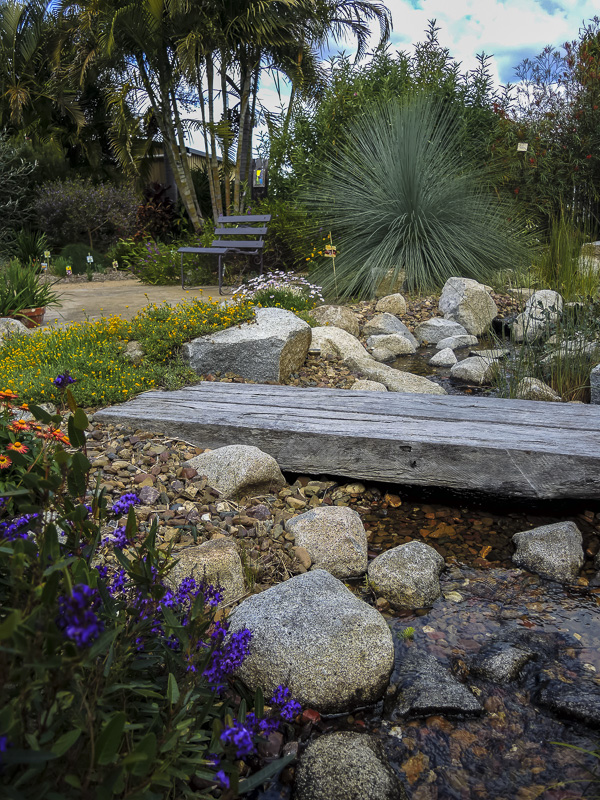
Specifically Australian style features
Alongside urns and small water features in garden supply outlets, there is now a variety of specifically Australian ornaments. These include birds and animals from mammals to reptiles to insects available.
These are generally small and non-intrusive and can fit well into a background of our plants and small suburban yards. Gardeners are resourceful people and I have seen many ingenious home-grown features. Each time I think “I could do something like that”, say a nest on the ground built of twigs with banksia cones for eggs, or a serpent made from collected twigs. So far nothing has actually happened bar the odd planted rock to collect moss but I have good intentions aplenty. I think I lack the creative spark to conceive of and build these things.
Other examples include cairns of small stones. These can be reassembled in different ways if the original is knocked over, but our rock doesn’t seem to be the right type. Excuses, excuses. The focal points most suited to our type of garden are pots and feature plants.
Pots of native plants make excellent focal points
Pots are a great solution for a small space. They give the chance to grow favourites which are fussy in their needs. We can also switch them around as their season of interest comes and goes. Few plants are highlights all year round. The content of the pot does not have to be a standout rarity. A pot of annual daisies can be a winner. The pots don’t all have to be larg. Several modest ones grouped together with some raised on bricks or logs can lead to all sorts of interesting combinations.

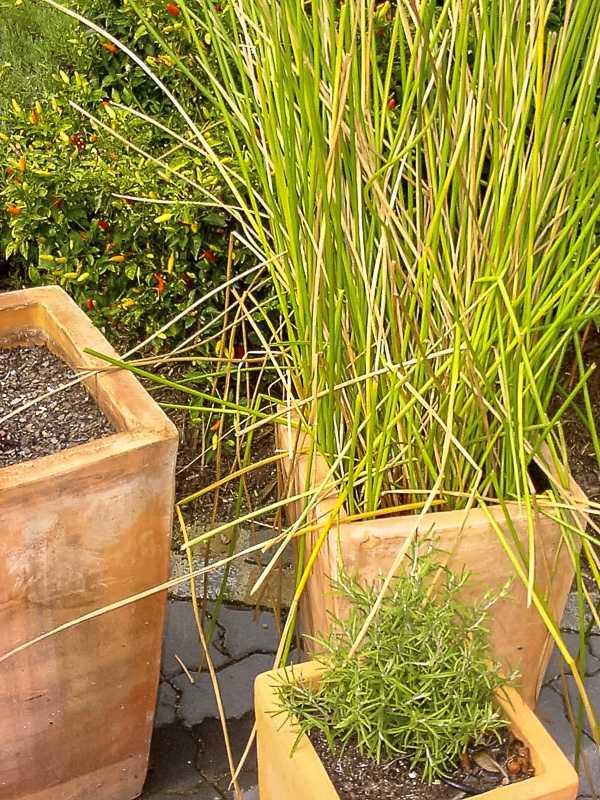
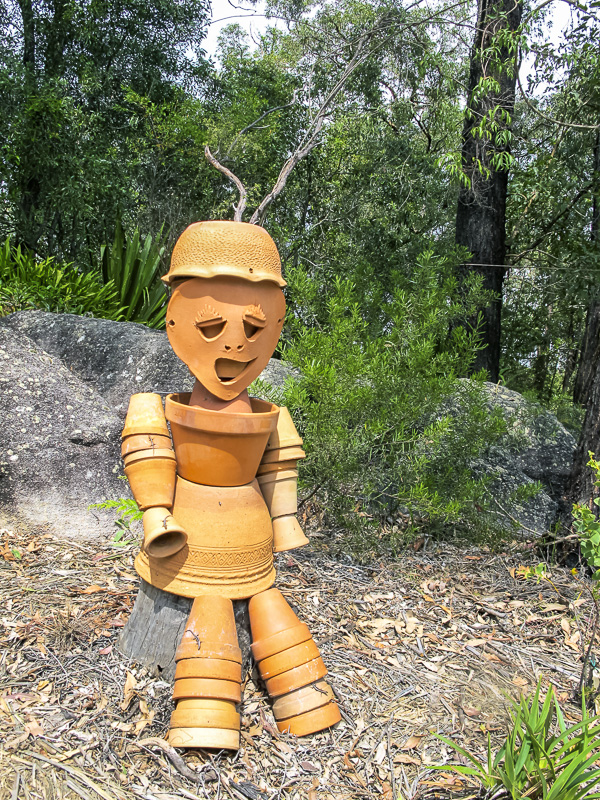
I am not yet very expert at managing plants in pots but it is something I look forward to learning. The collection has started especially of plants which dislike wet foliage as these can be grown under the eaves. These include Kangaroo paws, lots of Eremophila spp and grey woolly foliaged plants generally. Then there are frost sensitive ones, mainly the rainforest species with beautiful foliage often having brilliant red flushes of new growth. The Lillypilly group is a good example and otherwise tough. There are many other species now becoming available.
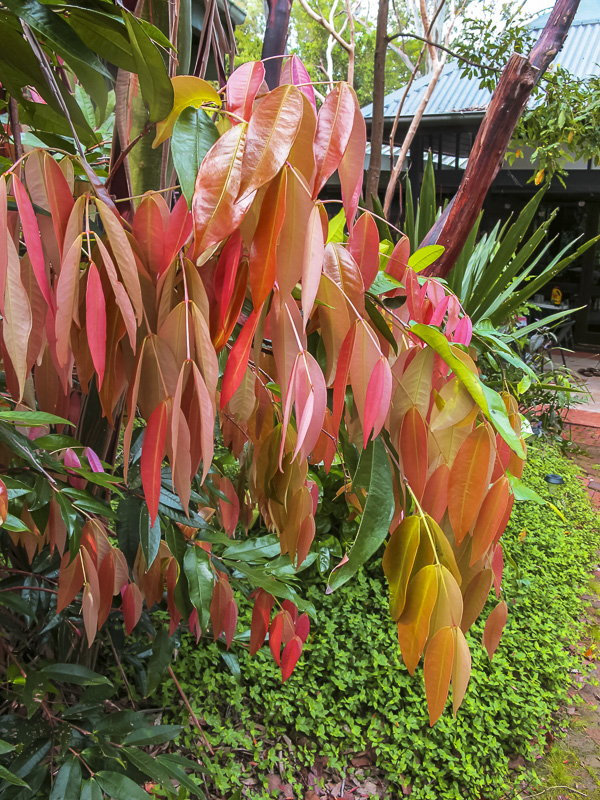
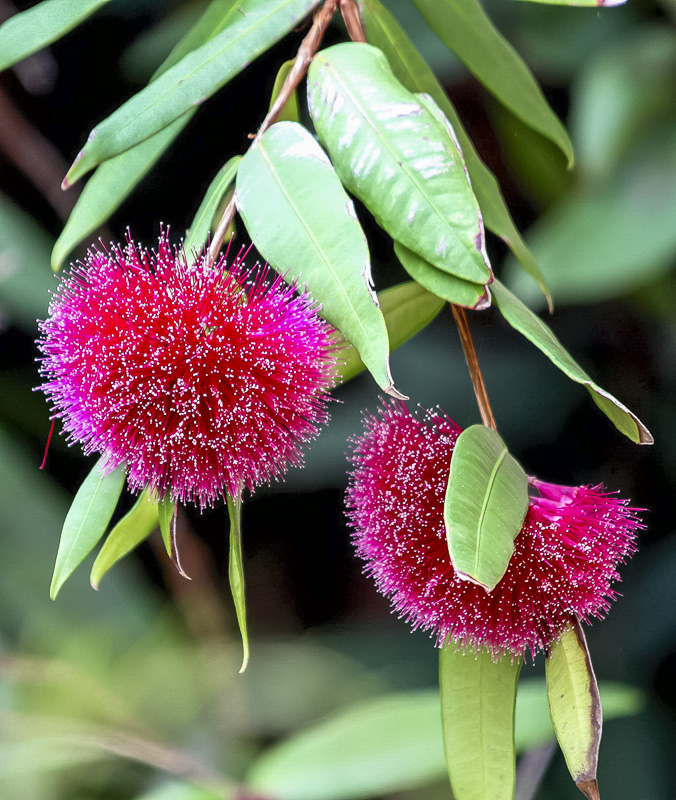
Permanent feature plants are also great focal points in a native garden
Grass trees for a dramatic focal point
Then there are special feature plants that are permanently placed. These may be brilliant in flower. But the prime requirement is to hold the eye by their form and texture throughout the year. One can’t go past the Grass trees for drama as long as there is sufficient clear space to set them off. Xanthorrea quadrangulata is one which flowers every year here, something the indigenous larger X. australis is reluctant to do.
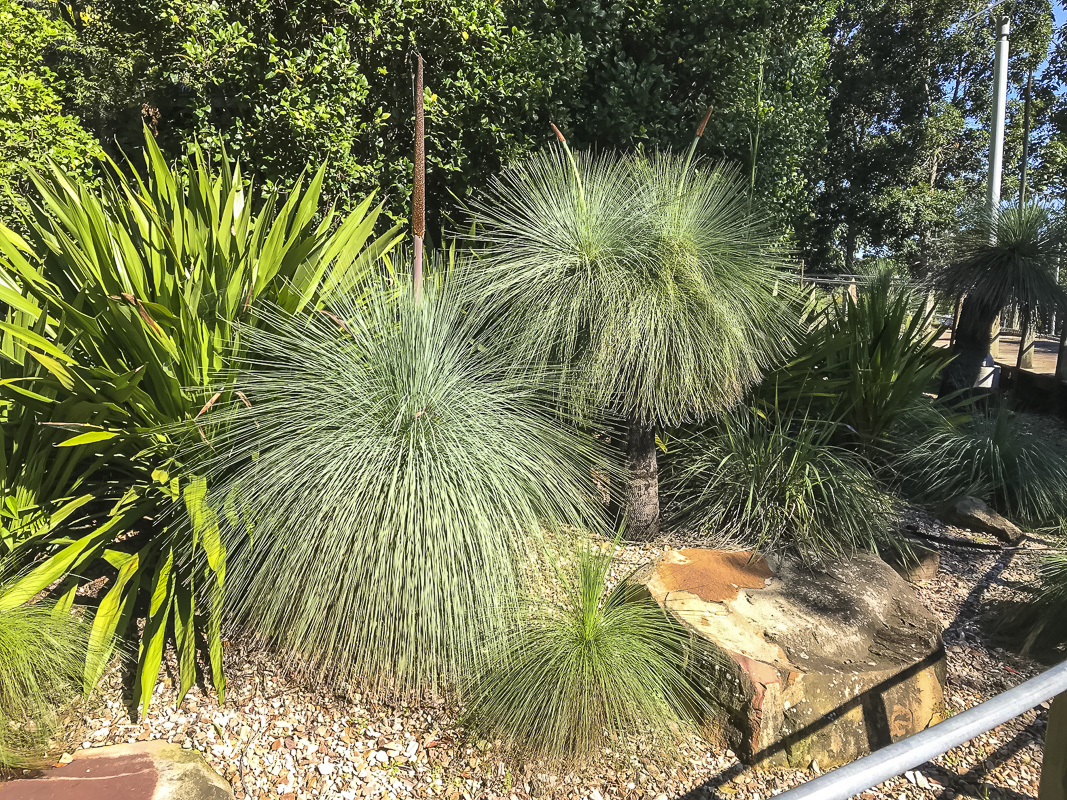
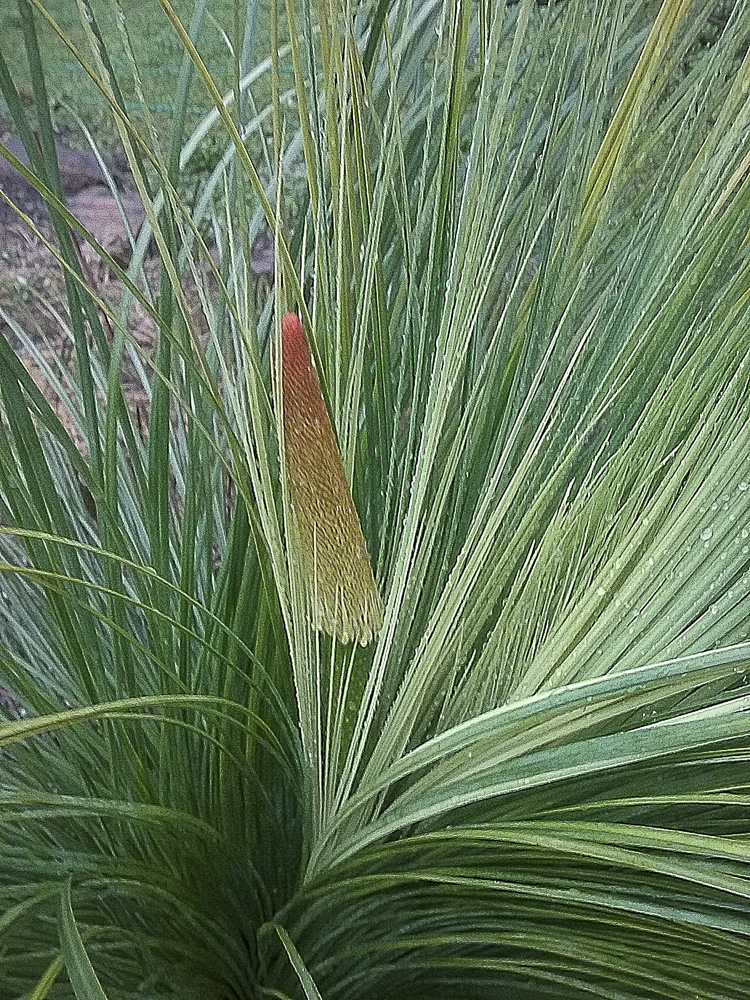
X. minor which grows in abundance in our paddocks has not yet come into the garden. It would flower every year I think but the cattle eat the flower heads first. In the aftermath of the fires of 2007 the cattle were excluded while the fences were being rebuilt. Each clump of X. minor had multiple flower spikes. The highest count was around 40! Now if we could reproduce that in the garden reliably what a triumph that would be.
New shrubs creating added interest
Nurserymen have been active in other areas and selecting special forms of species such as Acacia cognata for their shape. I love spheres and circles and collect as many of these as I find. Leptospermum ‘Little Bun’, Melaleuca armillaris ‘Green Globe’ and M. incana spring to mind. These need little attention to provide the roundness.
But I have also been very taken by Westringia and Saltbushes clipped into tight balls, just like the clipped box of exotic gardens. The contrast of the tight smooth clipped surface and looser natural adjacent shapes is as effective as a stone or marble sphere. It is also more apt for our type of garden. The situation is important, an occasional perfect sphere can be a real highlight in a more relaxed setting. One per view is all it takes and it is essential not to overdo them. If we have satisfying round balls, then something flat and something upright, spiky, will make the most of them.
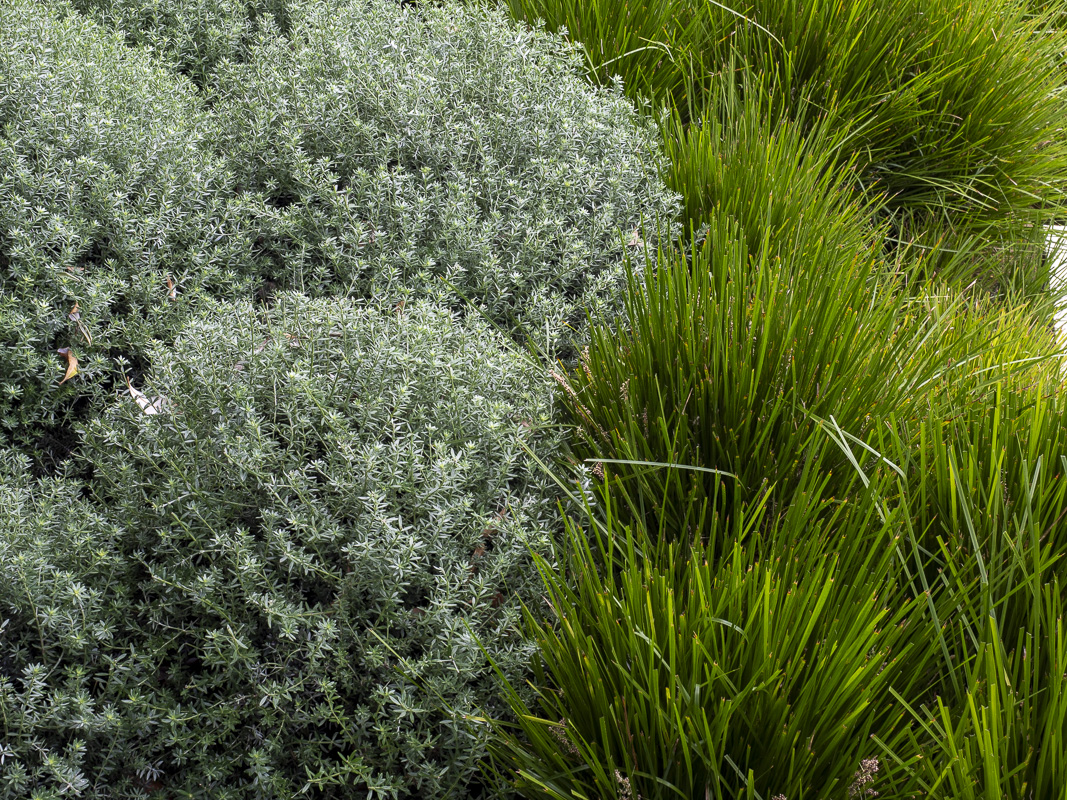
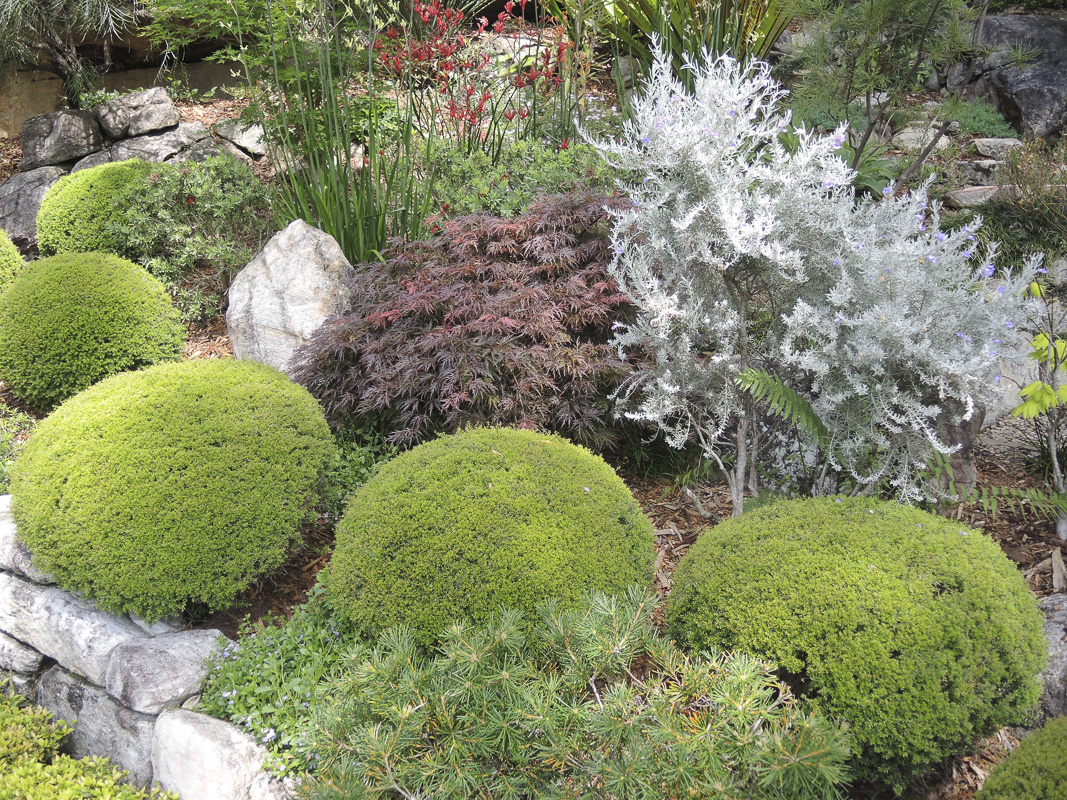
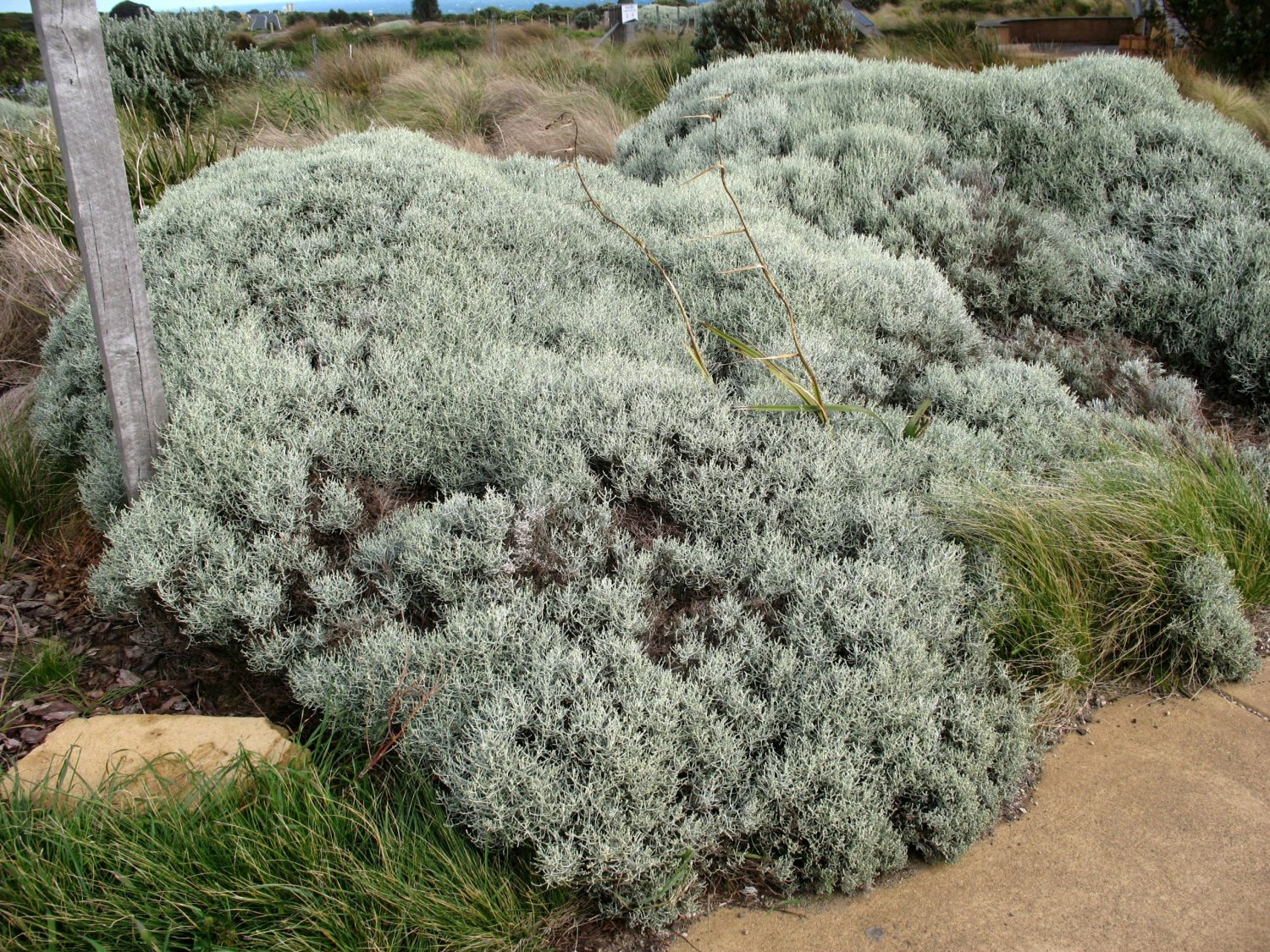

Grasses and groundcovers make excellent flat focal points
Depending on the scale flat focal points can be low grasses, groundcovers or a flat-topped bush such as Homoranthus flavescens or Melaleuca violacea. The uprights are harder to come by. At the smallest scale taller grasses, Lomandra, Dianella and Kangaroo Paws start off spiky. But they often finish up rounded shapes as they age. There is one form of Micromyrtus ciliata collected by David Sheills which is slowly climbing to 2m while still only 30cm across. I recently found a form of M. decussata labelled fastigiate. This means having the branches more or less parallel to the main stem. It is too early to say how it will grow here. See a great story here on Lomandras as garden design features.

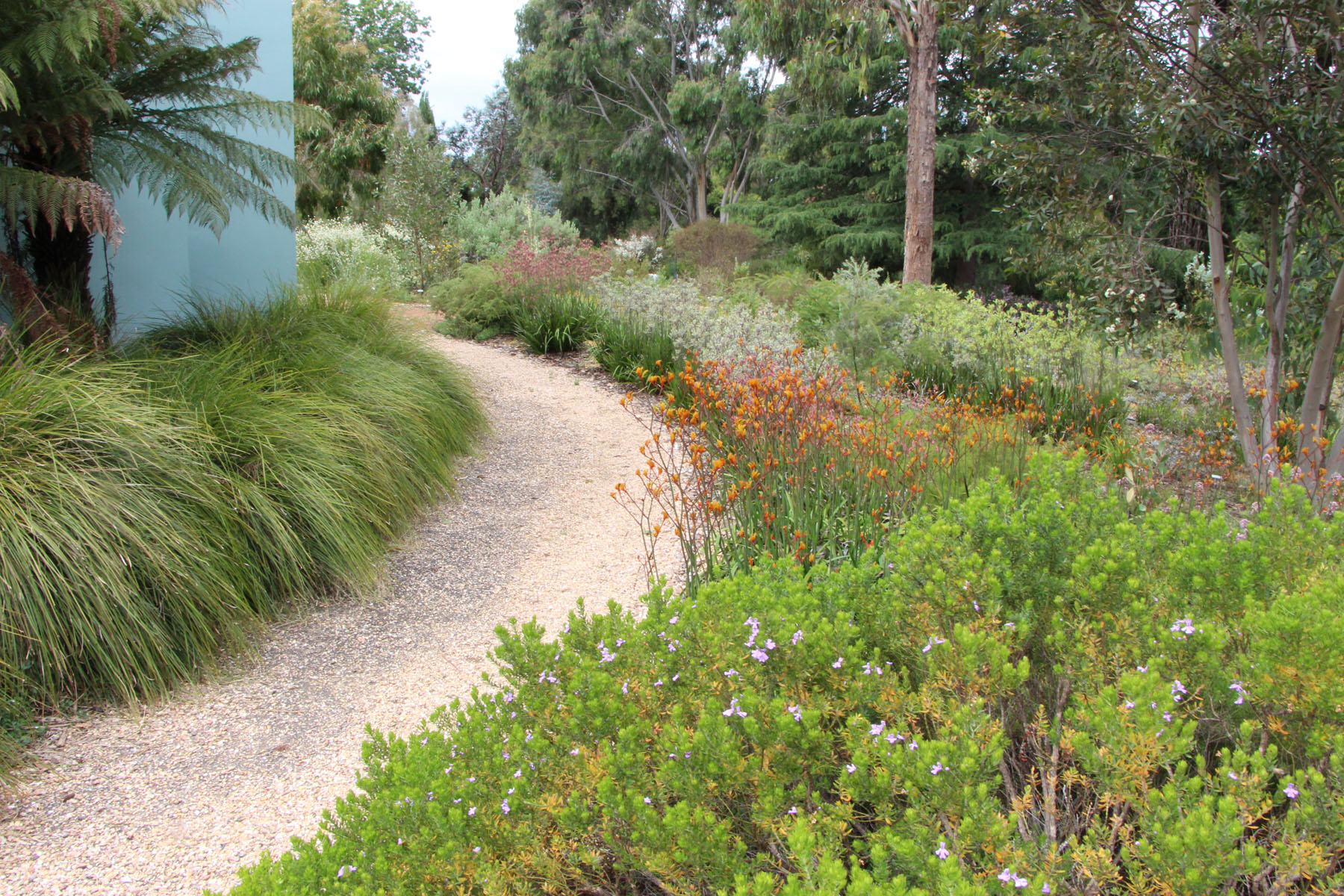
Focal trees like Italian Cypresses still to be found
For trees, I have yet to find the equivalent of the Italian Cypresses which punctuate Mediterranean skies so dramatically. However there are some large shrubs which maybe will develop into the right form given sufficient years of cultivation and selection.
One option, though very large, is the Araucaria bidwillii, or Bunya Bunya Pine.

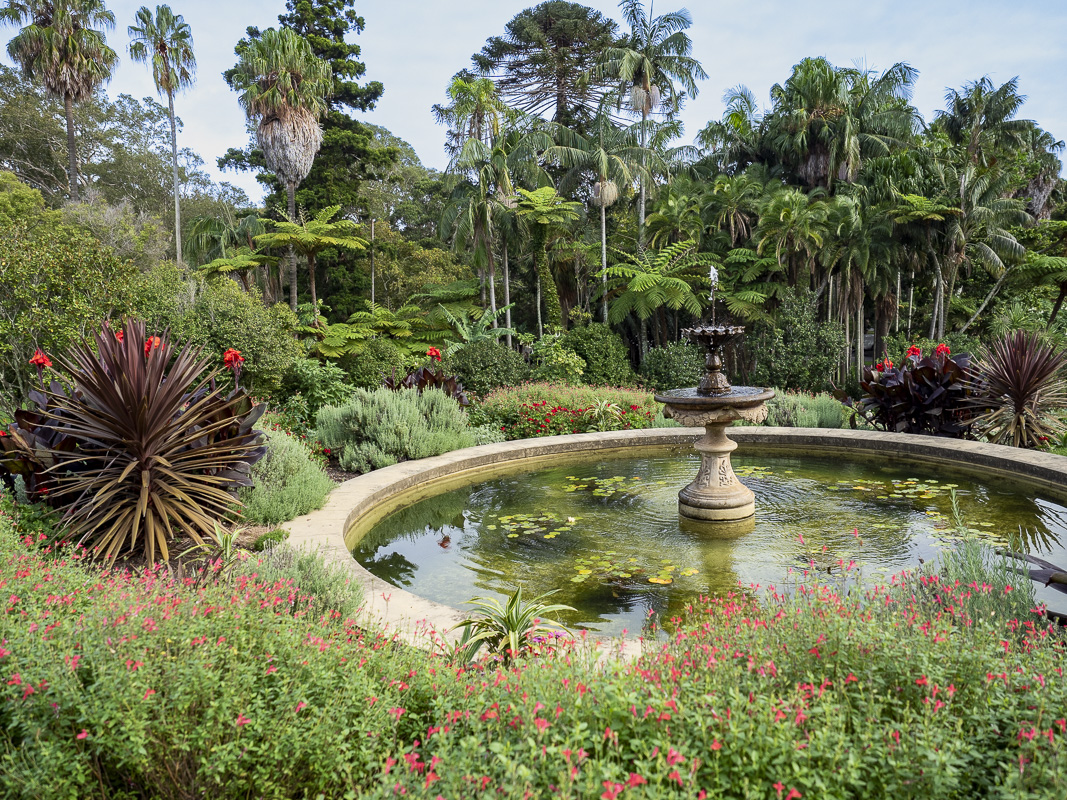
There’s plenty still to do in our chosen garden world.
 Australian Native Plants Society (Australia)
Australian Native Plants Society (Australia)